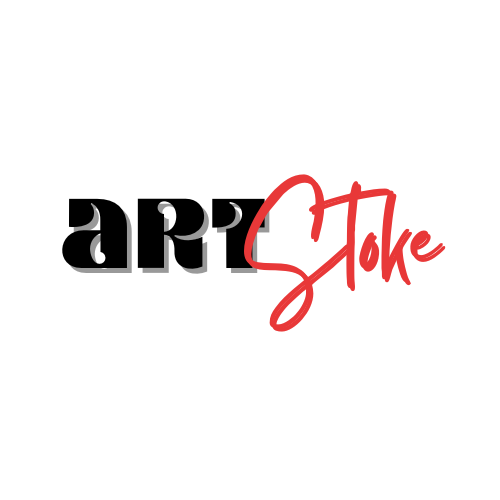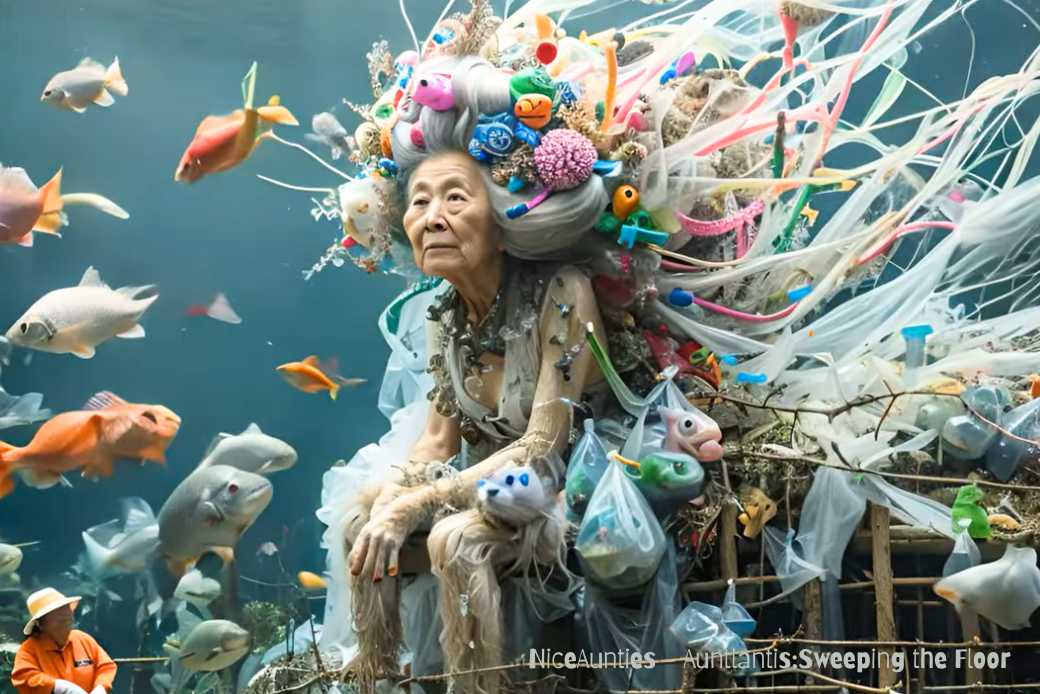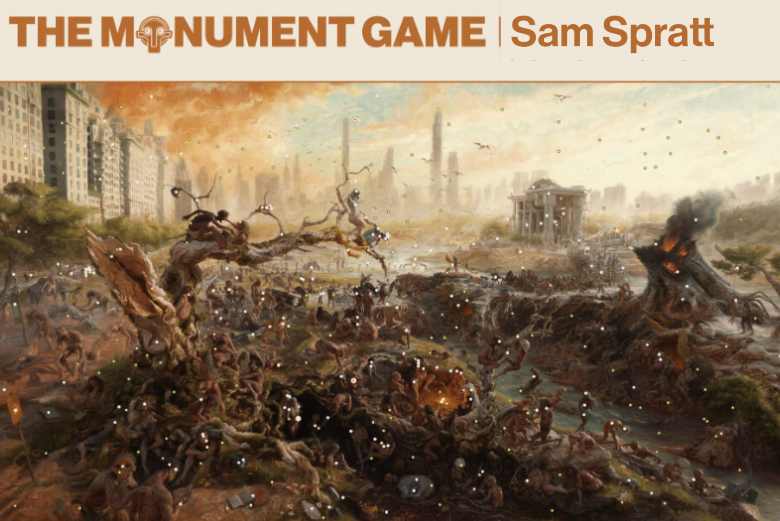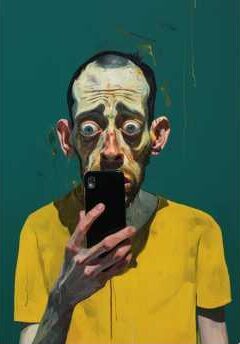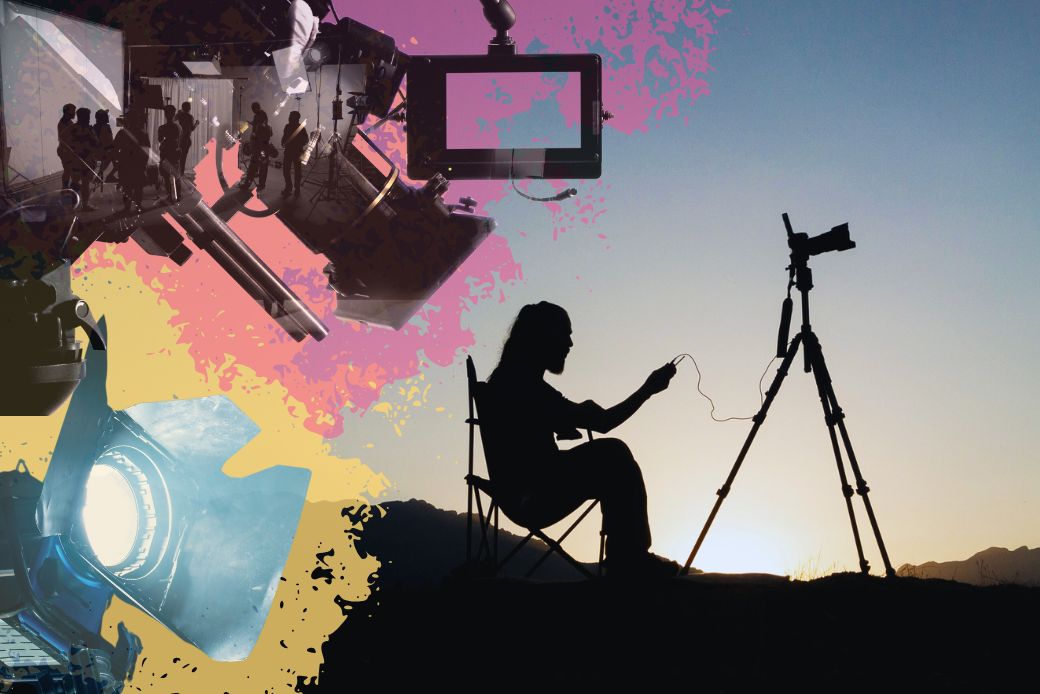Grail Capital’s co-founder and CIO Jean-Michel Pailhorn predicts that digital art on the blockchain will be the most important current cultural movement in 5-15 years and the next trillion dollar asset class (NFTNow, April 2024). Grail Capital is a digital art investment fund, acquiring the most liquid digital art collections of the top 200 blue chip and rising star artists.
The term CRYPTOART, very simply describes the culture of using the blockchain (cryptocurrency ledger) to record ownership of assets considered art. Crypto artists and collectors use Web3 marketplaces to buy and sell art. The Non Fungible Token (NFT) is a digital instrument with a smart contract that records a range of details like ownership (provenance and scarcity), IP and commercial rights as well as resale conditions (royalties) for a “one-of-a-kind” asset on the blockchain.
Significant to note that Grail Capital classifies digital art on the blockchain (CRYPTOART) into the following distinct categories or sub-cultures: Digital Art 1/1s (e.g. Beeple, Grant Yuan), Collectibles (e.g. CryptoPunks, Bored Apes, Azuki), Generative Art (e.g. Squiggles, Fidenza) and AI Art (e.g. NiceAunties, Refik Anadol). Grail Capital only invests in native digital art issued on-chain which have strong cultural significance and carry social, historic, scientific, and aesthetic value.
In this article, we will explore the culture of CRYPTOART, cultural significance, as well as trends that are likely to shape the CRYPTOART space in the year ahead. These trends are informed by social movements, scientific discoveries, technological advancements, financial market dynamics, regulatory developments and changing aesthetics.
Making the Values and Culture of CRYPTOART Explicit
CRYPTOART exists at the awkward intersection of decentralised finance, blockchain technology and digital art. The culture of CRYPTOART has emerged from this confluence. It emphasizes decentralization, transparency, and the democratization of art ownership.
The blockchain technology ecosystem is a decentralized and open-source community. It values transparency, trust less security, collaborative problem-solving, efficiency, high yields and decentralization. Its culture is shaped by a diverse global community of developers, creators, and users who are committed to these values. Scams, volatility and regulatory demands are characteristic of this space.
The digital art ecosystem is a dynamic and innovative field, encompassing various forms of art created using digital technology. It values ingenuity, experimentation and technological advancement. It encourages accessibility, collaboration, and community building. Copyright issues, questions about authenticity and the digital divide are characteristic of this space.
What is noticeable is the tension between the blockchain technology culture’s need for security and stability (efficiency, high yield), contrasted by the digital art culture’s need for dynamism, innovation and experimentation.
Cultural Significance in CRYPTOART: The monumental improbability of Cherniak’s “The Goose”
Cultural significance in CRYPTOART lies in its ability to challenge traditional art market norms, empower artists by providing new revenue streams, and foster a diverse and inclusive community. It represents a shift towards a more accessible and innovative art ecosystem.
“Achieving cultural significance is the key to success in the NFT ecosystem”
Lorepunk, NFTNow, Dec 2023
Ringers #879, is one of the Ringers in the series on Art Blocks, sold for $6.2 million at Sotheby’s.
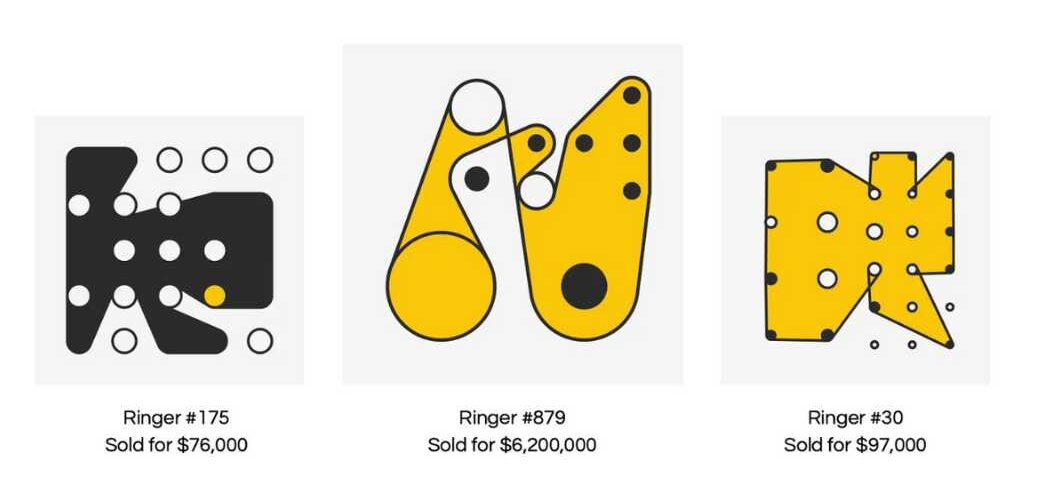
The Goose (Ringers #879) is a particularly delightful and significant outcome of the algorithm because of its monumental improbability.
@Katehannah, June2023, http://bit.ly/42frXqM
Ringers is a series of Generative Art artworks – “generative” meaning the series was created by a piece of code (algorithm). There is a fascinating intention, backstory and history to Dmitri Cherniak’s project (Ringers) which is part of the appeal and value that informs the cultural significance of the artwork(s).
Trend 1: Established Artists & Traditional Art Institutions enter the Space
“Being at the forefront of a new art movement like Web3-NFTs can solidify an artist’s legacy and influence in the digital age” .
NFTNow, Jan 2024
Artists like Refik Anadol and Damien Hirst entered the CRYPTOART space in 2023 and the expectation is that more established traditional artists will follow in the future.
The advantage of the Web3 NFT domain is not only financial (new revenue channels, secondary income via royalties), nor that the digital art world attracts a younger, tech-savvy demographic that established artists might not have traditionally reached. Rather, the NFT ecosystem gives artists freedom to experiment with new formats and interactive elements that are not possible with physical artwork, nor feasible or convincing in a traditional gallery setting.
In February 2023, the Centre Pompidou (Contemporary Art Museum in Paris) and the Los Angeles County Museum of Art (LACMA) announced their first permanent collections of digital art on the blockchain. This together with the emergence of CRYPTOART Investment firms like Grail Capital (also in 2023), with their bullish vision and long term commitment to the industry, communicate an acknowledgement that CRYPTOART is here to stay, firmly embedded in the fabric of art culture.
How does this trend impact the CRYPTOART community?
One would expect that newcomers into the bleeding-edge domain of CRYPTOART would further open up the space, and this has certainly happened. Interestingly though, there have also been signs of cliques, laagering and closing of ranks in response to new art and artists. These incidents are not necessarily caused by the entrance of established artists and traditional institutions, but there is a correlation which is why I mention it here.
Initially, everyone in the NFT space was on equal footing. Every artist had the same opportunity: if someone liked a piece, they bought it; if not, they didn’t. Names didn’t matter. However, over time, some artists began to stand out and buyers started to focus only on those few whom everyone already knew. We tried to give visibility and opportunities to new artists, but it stopped working. Now, only the “chosen” ones achieve sales and recognition, often overshadowing truly superior works. Is this what we want? A space where only the ‘chosen’ and their friends prosper?
This emerging elitism is a devastating blow to the democratization promise that NFTs were supposed to offer. Blockchain technology promised a new horizon of equal opportunities in art, where talent and innovation would be the only differentiators. Yet, we now face a scenario where digital nepotism and cliques are severely limiting diversity and inclusion in this field.
@mandolinaes
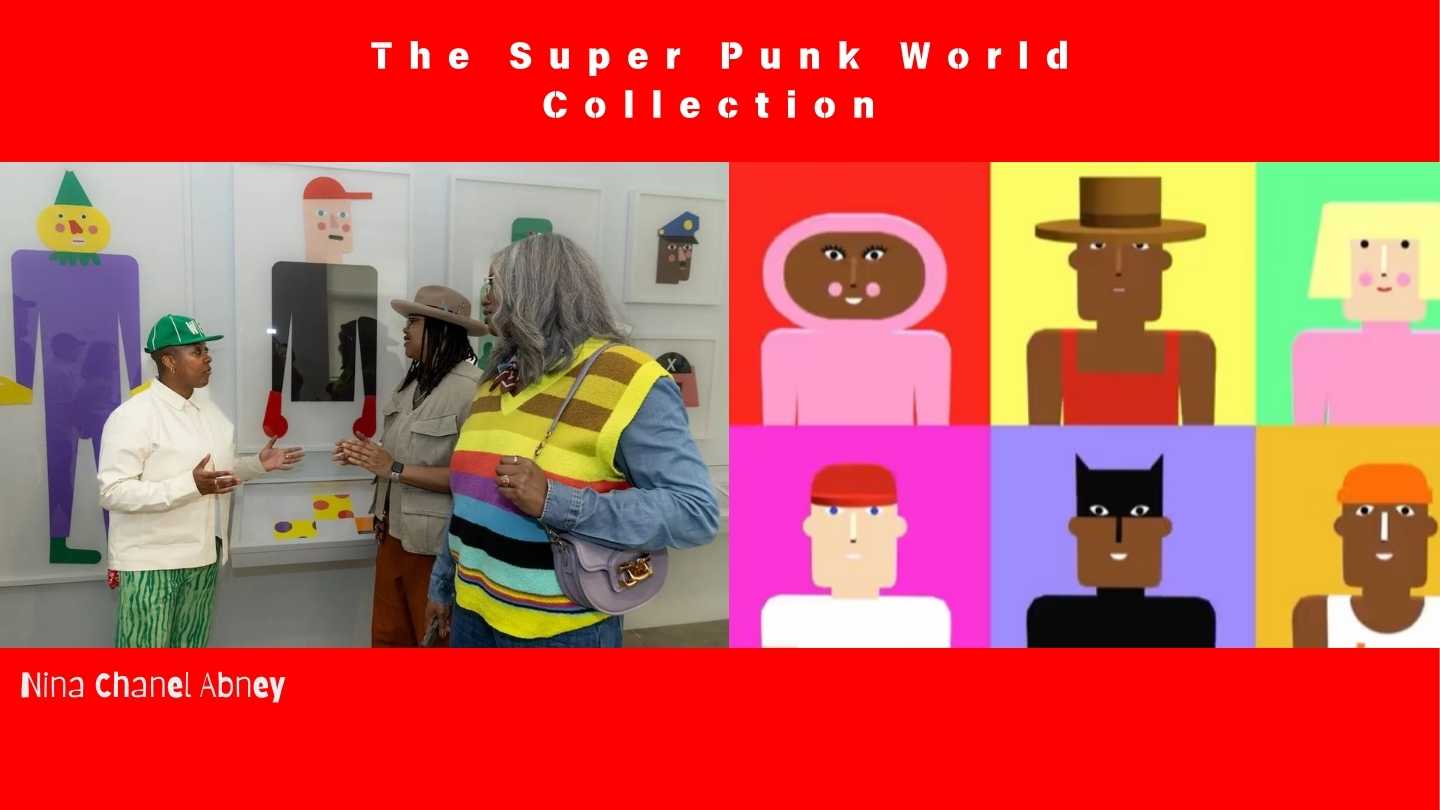
The Super Punk World collection is the second NFT collection for established artist Nina Chanel Abney. This collection combines the iconic CryptoPunks traits with attributes from Abney’s first NFT collection, Super Cool World. The collection features hybridized 3D sculptures that explore themes such as race and gender.
Yuga Labs gave full commercial rights to owners of CryptoPunk NFTs. This allows creators and community developers to incorporate these NFTs into their digital and physical projects worldwide. Yuga Labs’ goal was to seed a vibrant new community around CryptoPunks, encouraging creators and third-party developers to innovate and experiment, to build derivative works and projects featuring these NFTs.
In May 2024, just after announcing Abney’s new collection, Yuga Labs communicated a suspension of the release due to a wave of criticism from individuals in the CryptoPunk community. The essence of the criticism seems to centre around the perception of the new art as “woke” and “politically correct” and therefore according to these critics, not in alignment with the values of the original CryptoPunks.
What is really at the root of the kickback to the Super Punk World collection? Is it a Yuga Labs multiple stakeholder problem, an expression of a type of creeping xenophobia (insiders and outsiders), or is it about artistic expression of partisan politics not being valued in the CRYPTOART community and culture? With the exception of Beeple, I have observed very little political expression in the art of the CRYPTOART community.
Regardless of the bottom-line reason for the criticism of Abney’s new NFT collection, the kickback goes against the values of accessibility, inclusivity and democratisation in the CRYPTOART movement and community.
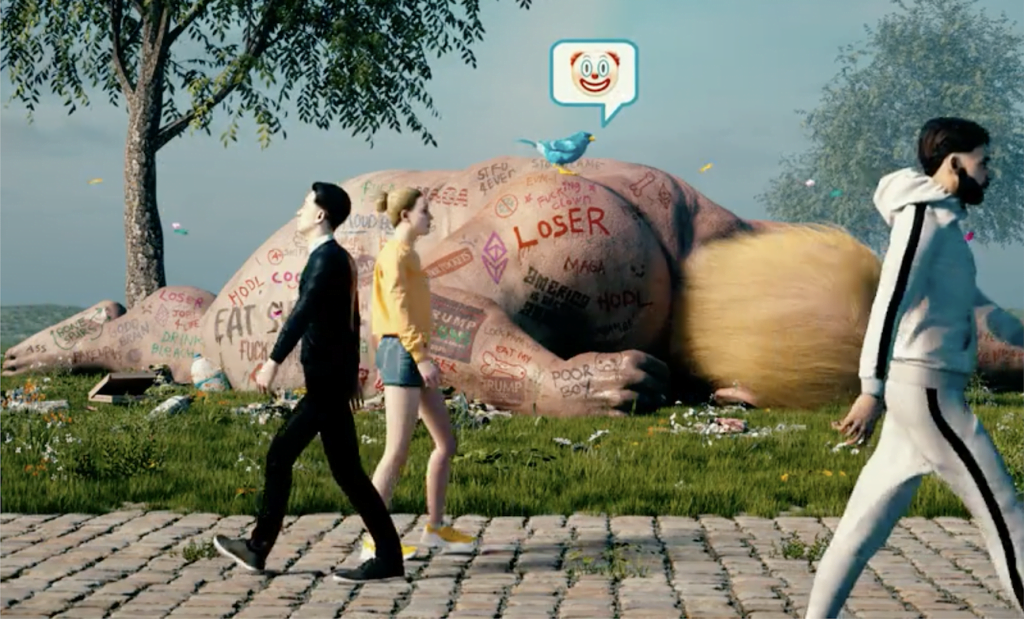
Trend 2: From Static Image to Dynamic Experience
Dynamic experience is not just about moving image and sound. It’s about engagement, participation and interactivity with an artwork, as well as access to exclusive content and dynamic utility within a game or virtual world.
Relative newcomer to the space Refik Anadol, has launched artworks that have shattered the boundaries of dynamic experience in the space. His AI Data Sculpture Machine Hallucinations opened, free to the public in Turkey in April 2024.
The Monument Game, by digital artist Sam Spratt, was a breath-taking, interactive artwork that captivated the space in the midst of the bear market. It kicked off on Aug. 21 (2023) on Nifty Gateway, with the sale of more than 256 “Player” tickets that enabled holders to compete for three of Spratt’s highly sought-after Skulls of Luci, by co-creating stories within Spratt’s new 1/1 artwork, “IX. The Monument Game,” over the course of four days.
NFTNOW
The 256 white dots on the epic 1/1 artwork are tickets for sale to 256 players. Each ticket is an opportunity to compete as a player for three of the coveted Skulls of Luci. The players compete by “giving something of themselves” in the form of an observation of the art scene of their winning ticket. Each observation is then evaluated and shortlisted, with the final three observations winning a skull.
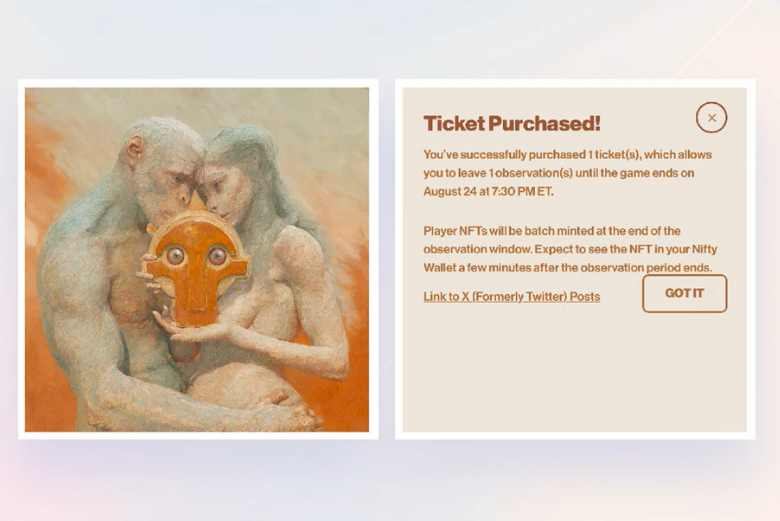
Sam Spratt collaborated with Nifty Gateway to accommodate the technical aspects of navigating the exploration of the artwork, as well as the five stage unfolding of the game over the 10 days. Dynamic experience forges an indelible connection through engagement (content) and participation (process), between the artwork and the observer(s).
The value of dynamic experience in CRYPTOART reflects a deeper engagement with digital art as more than just visual aesthetics.
Trend 3: Making the Digital Tangible, Sensual & Evocative
With the rise of AI, audiences are becoming more sophisticated and seek art that resonates on multiple sensory and emotional levels. This trend involves creating digital art that evokes physical sensations and emotions, making it feel more tangible and immersive. Artists are exploring ways to blend digital and physical experiences, using technologies like AR/VR, haptic feedback, and interactive installations to create art that can be felt, touched, and emotionally connected with, enhancing the cultural and personal significance of digital works.
As we become more exposed to and familiar with AI-generated art, we develop a keener eye for authenticity and emotional depth in digital artworks. This pushes artists to innovate and create pieces that go beyond superficial aesthetics, striving to evoke genuine emotional responses and meaningful experiences.
This trend underscores a broader movement in CRYPTOART towards creating more immersive and engaging art experiences that can deeply resonate with audiences, blending digital innovation with sensory and emotional impact.
Trend 4. Globalisation of Local
Geographical agnosticism is a significant value in the culture of CRYPTOART. This value emphasizes the global nature of digital art, allowing artists to reach international audiences regardless of their geographical origins. It promotes inclusivity and accessibility, enabling diverse voices to participate in the art world. This approach aligns with the decentralized and borderless nature of blockchain technology, reinforcing the idea that art can transcend physical and cultural boundaries, fostering a more interconnected and universal artistic community.
Geographical Agnosticism as an art aesthetic however refers to a style and approach that intentionally avoids references to specific geographical locations or cultural backgrounds. This aesthetic focuses on universality, making the art accessible and relatable to a global audience without the influence of regional or cultural characteristics.
The trend is shifting away from geographical agnosticism as an art aesthetic to the Globalization of Local, where artists increasingly infuse their work with local culture and identity, yet still reach a global audience. This mirrors the geopolitical shift from a unipolar world dominated by a single superpower (e.g., the USA) to a multipolar world with multiple influential nations (e.g., China, Russia, India, Iran).
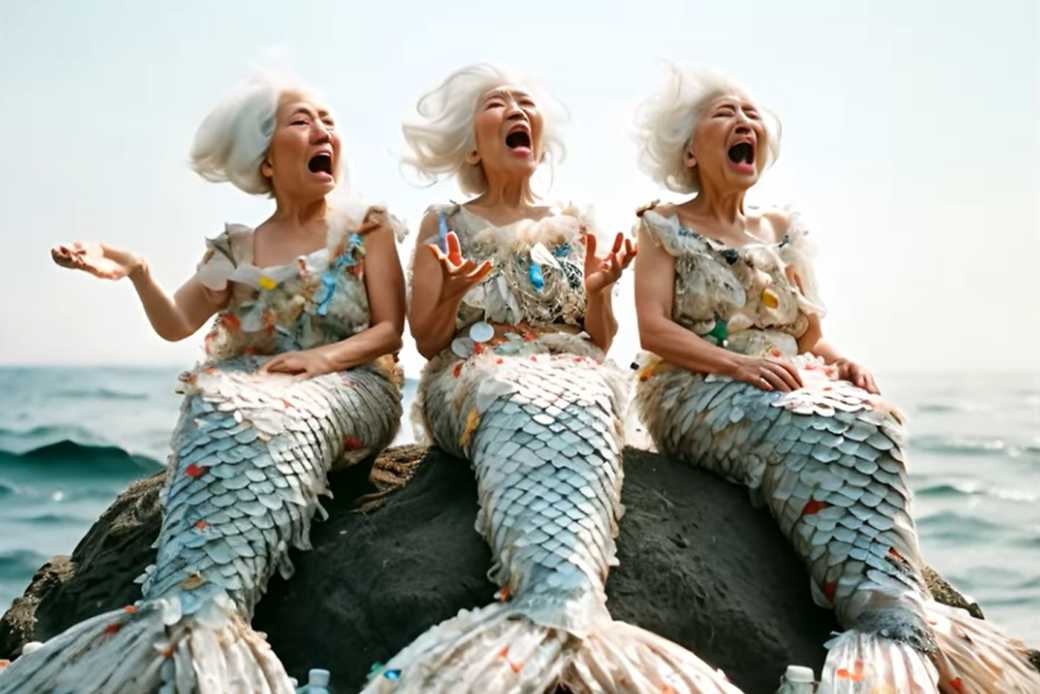
NiceAunties Auntlantis Three Mermaids
Niceaunties, created by the Singaporean AI artist Wenhui, showcases the auntie culture that is prevalent in Asian communities worldwide. Inspired by her 11 aunties, her mother, late grandmother and the absurdity of ‘auntie culture’, the series explores the themes of ageing, beauty, personal freedom and everyday life using the mediums of AI generative and digital art.
NiceAunties website
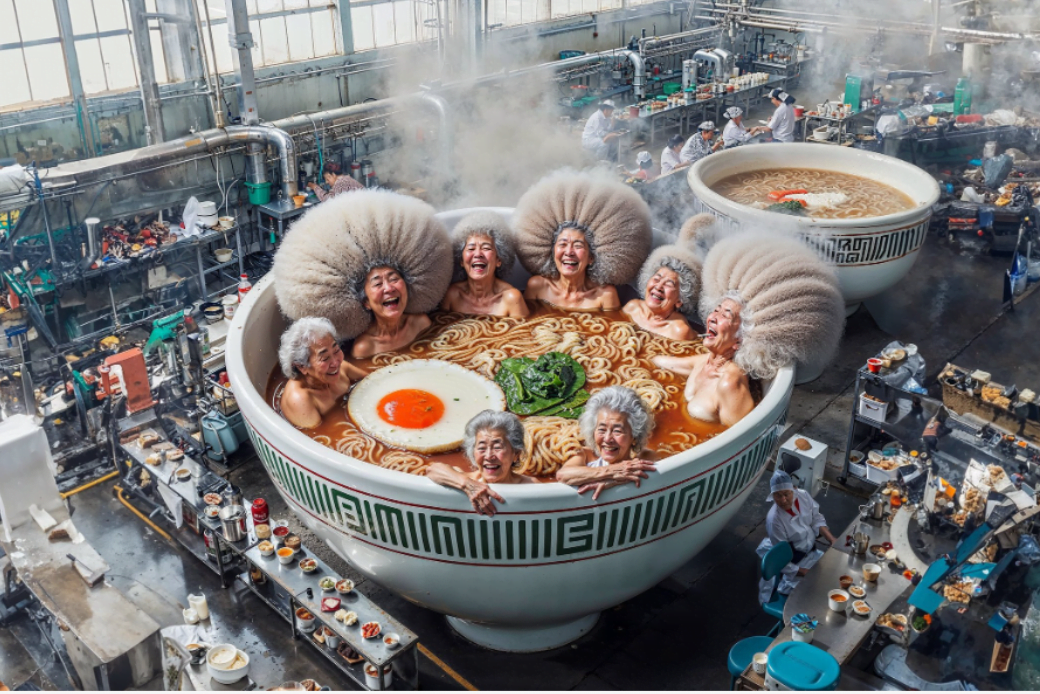
Niceaunties exemplifies how local culture can be globally appreciated, creating work that reflects their unique cultural experiences while engaging with a worldwide audience.
Anthony Azekwoh integrates Nigerian cultural elements, stories, and aesthetics, appealing to both local and international collectors. He is a contemporary artist based in Lagos, Nigeria, whose work focuses on African folklore and mythology. He uses diverse mediums, such as digital and traditional painting and sculpting, to explore transformation and change in his country.
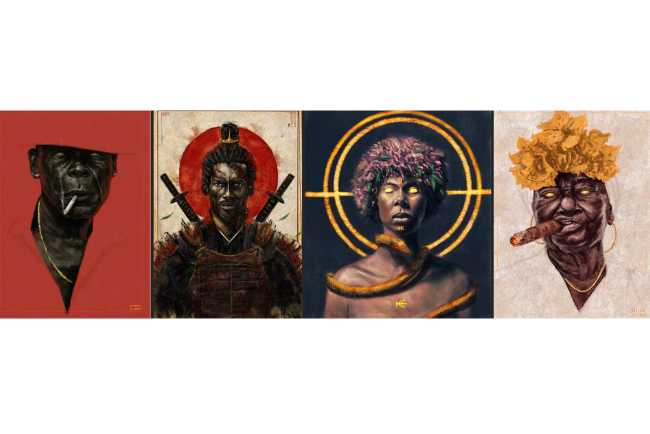
This shift to Globalisation of Local promotes cultural diversity and representation in the digital art world, allowing local stories and identities to be shared globally. Artists can retain and celebrate their cultural identity while participating in a global marketplace. It enriches the digital art landscape by fostering a deeper, more inclusive and culturally diverse environment. It reflects broader global dynamics, emphasizing the value of local culture in a connected world. The trend parallels broader geopolitical changes, highlighting a more interconnected and multipolar world where multiple voices and cultures influence the global narrative.
In Closing
As we navigate the evolving landscape of CRYPTOART, it is clear that this cultural movement is poised to redefine the art world. The interplay between established artists and traditional institutions, the shift from static images to dynamic experiences, the drive to make digital art more tangible and evocative, and the transition from geographical agnosticism to the globalization of local culture all highlight the transformative potential of CRYPTOART. This convergence of technology and creativity not only democratizes art ownership but also fosters a more diverse, inclusive, and innovative art ecosystem. The future of CRYPTOART is not just about new forms of art, but about creating a vibrant, interconnected global community where art transcends boundaries and empowers artists and audiences alike.
